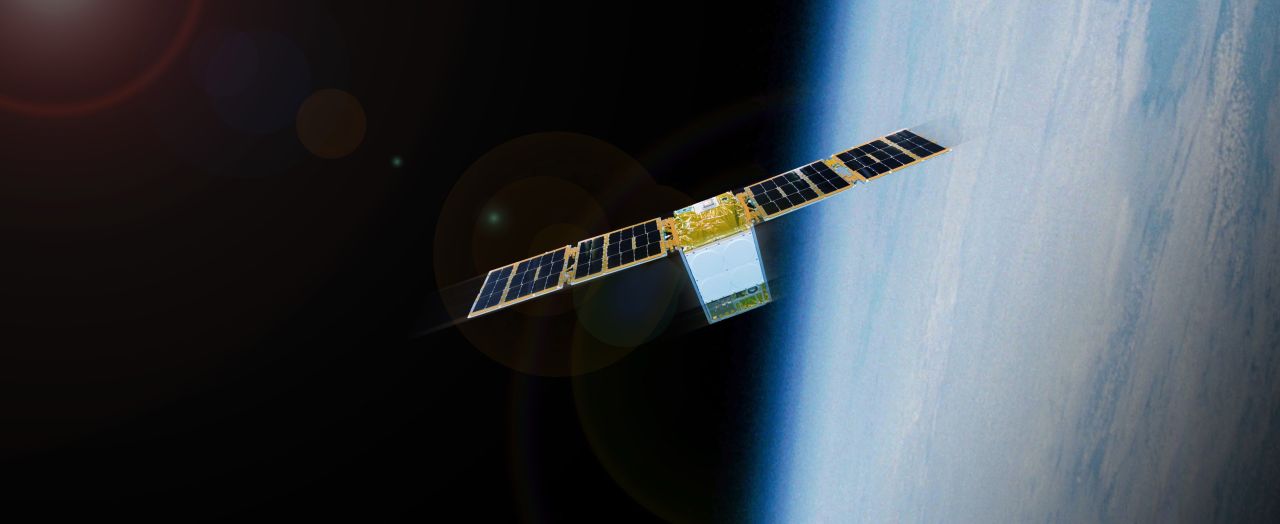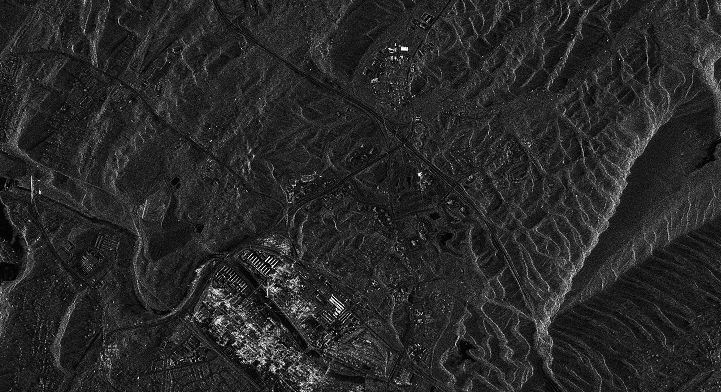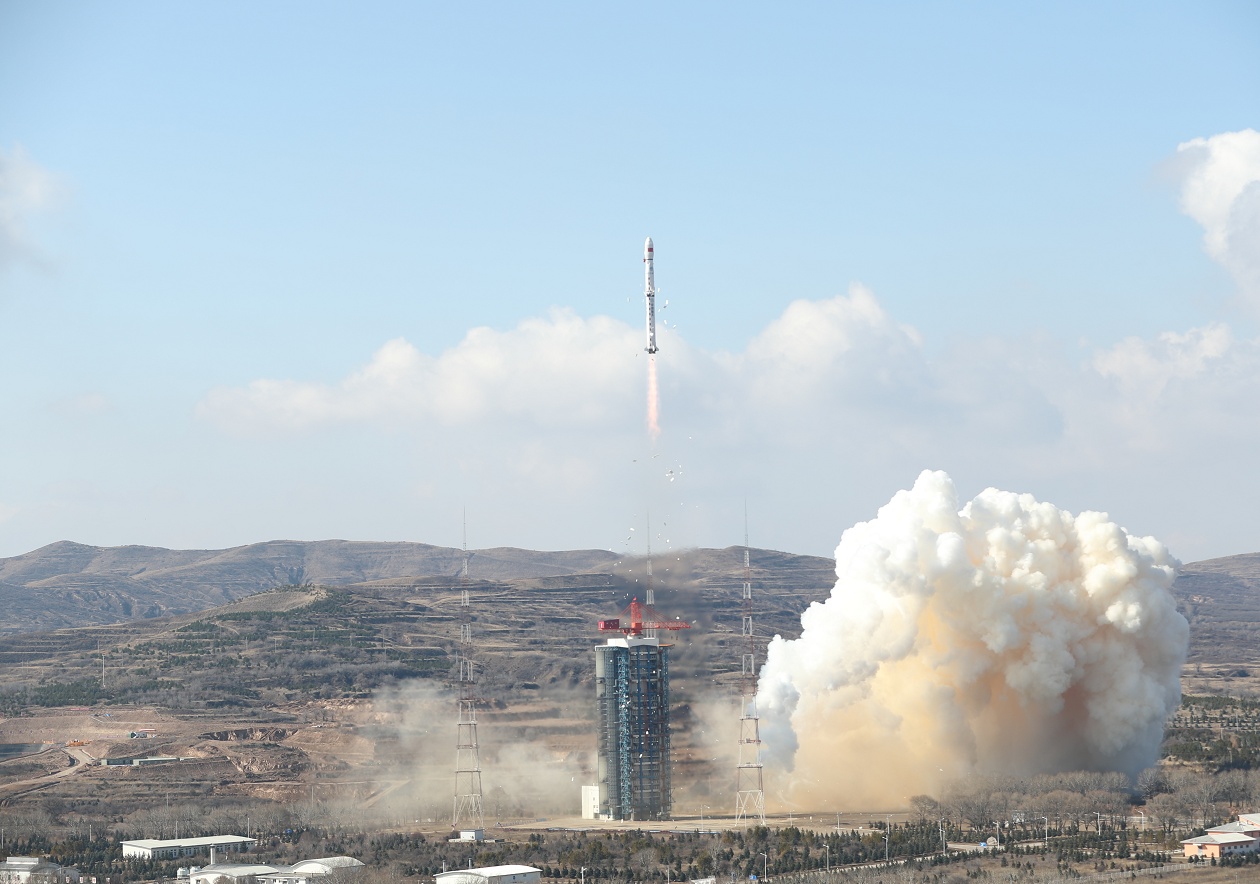Our MissionsSuccessful tests of the first iodine electric propulsion system in space18 January 2021 - On 28 December 2020, the first iodine electric propulsion system to be launched into space was successfully fired, with a second successful test on 2 January 2021. Both test burns were performed by ThrustMe’s NPT30-I2-1U propulsion system onboard the Beihangkongshi -1 satellite from a commercial client. The satellite was launched on 6 November 2020, and after several weeks of satellite commissioning, the propulsion system was operated during two 90-minute burns resulting in a total altitude change of 700 m. This world first in-orbit demonstration has the potential to transform the space industry. The use of iodine as propellant allows propulsion systems to be delivered completely prefilled to customers, and for the satellite integration process to be significantly simplified and streamlined. Therefore, iodine offers the potential to provide both economic, and environmental sustainability for the space industry. Beihangkongshi-1 is the first technology demonstration mission in China to demonstrate the technology for automatic airplane tracking. It can provide information services such as communication, navigation, and surveillance for a wide range of aviation users, and enhance the capabilities of existing air traffic control systems. This flight demonstration will benefit the development of national airspace and aviation industry in general.
|
 |
 |
Synthetic Aperture Radar Constellations22 December 2020 - On board of the world’s first commercial C-band small satellite SAR with a phased-array antenna is ThrustMe’s NPT30-I2-1U, Iodine Electric Propulsion system to provide the satellite with crucial orbit maintenance, collision avoidance and de-orbiting at the end of its three years expected lifetime. The satellite was successfully launched into space on the inaugural flight of the Chinese medium-lift Long March 8 rocket, from Wenchang, China. It was launched to meet the needs for monitoring of ocean and coastal areas and for ocean research. The imagery from the satellite will also be used for disaster management, agriculture, infrastructure monitoring, etc.
|
First iodine-propelled spacecraft successfully tested in space19 November 2019 - ThrustMe and a commercial client have launched the first ever iodine-propelled satellite. The satellite was sent into space by a Long March 4B carrier rocket from Taiyuan, China, on 3 November 2019. The 6U satellite includes a propulsion system developed and built by ThrustMe. Known as the I2T5, this propulsion system uses a first-of-its-kind, non-pressurized, cold gas thruster fuelled by solid iodine. Designed with CubeSats in mind, the I2T5 will help ensure a sustainable space industry by extending the lifetime of satellite missions, and enabling collision avoidance maneuvers with the miniaturization of satellites. After 15 days in orbit, the first propulsive operations have been conducted. All subsystems reported correct operations and thus the commissioning of the thruster was successful. |
 |